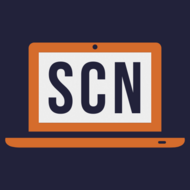Trans Inclusion in OER
(View Complete Item Description)One of the greatest areas of potential for open educational resources (OER) is the opportunity for improved representation and coverage of identities that often go erased or poorly addressed in educational materials. Information about, by, and for trans and gender diverse people is one such topic. With knowledge and intention, those involved in the creation, adaptation, and use of OER can find and incorporate materials that center trans and gender diverse people. Doing this is essential for supporting trans and gender diverse students and educating everyone about these identities. This resource is a guide on how to make OER more inclusive and representative of trans and gender diverse people. It is intended to be easily incorporated into a scholarly communications course, while also being valuable to faculty and others interested in learning about the topic and how to make changes to their own course materials.
Material Type: Activity/Lab, Homework/Assignment, Lesson, Lesson Plan, Module, Reading, Unit of Study



















